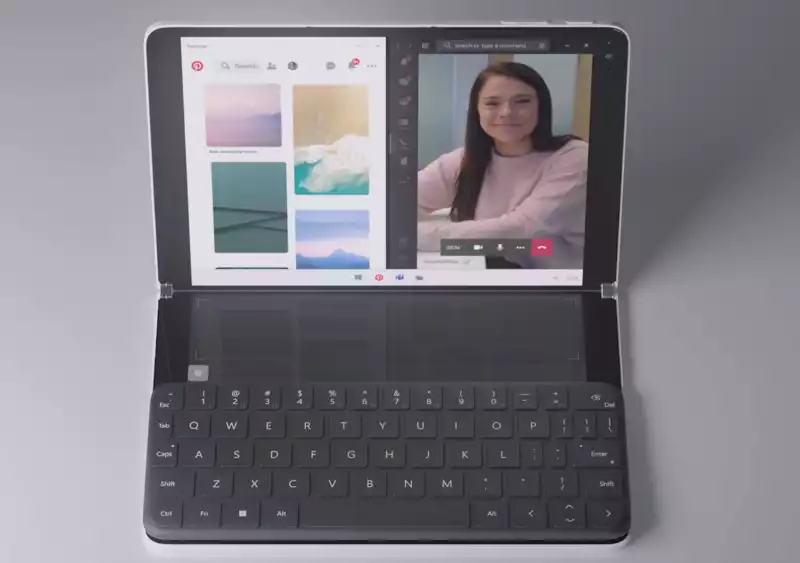If new leaked information is to be believed, a redesigned version of Microsoft's operating system, Windows 10X, will arrive this year.
Our sister site Windows Central reports that Microsoft intends to launch the Windows 10X redesign, originally planned for dual-screen devices, on some Windows 10 single-screen machines in late spring The company intends to do so. Microsoft is initially focusing on low-cost educational devices and enterprise PCs with this rollout.
Windows 10X promises an all-new visual interface natively designed for touch and greatly improved security. And with those big changes come some caveats. [For example, Windows 10X will initially not support most existing apps, only those using Microsoft's Universal Windows Platform (UWP); according to Zac Bowden of Windows Central, this means that older Win32 programs will have to use Windows Virtual Desktop and Cloud PC to stream legacy apps instead.
Fortunately, full support for W32 applications will probably follow later, probably in 2022. Microsoft's FAQ on Windows 10X states that "most Win32 applications can be run and debugged on Windows 10X devices without problems," but does not confirm that they will be included from the launch product.
In many ways, Windows 10X is a preview of what is likely to happen to the broader Windows ecosystem; Windows 10 has been on the market for six years and still contains many visual elements that can be traced back to older versions of the OS. Take the mouse control panel, for example, which at first displays a modern look, but then you click on the "Add Mouse Option" and you are back to stone age computing.
By removing old code like this, Microsoft would be able to create a much more stable version of Windows. This would be especially useful for educational devices and for those who simply want a basic computer for everyday tasks. This is clearly aimed at the model of Google's Chrome OS, which has been very successful in the education field.
Windows 10X will also come with much better security. For one thing, it will use drive partitions to protect core OS components from malware; every part of the OS will be siloed in such a way that only files in the user partition can be modified. Drivers, the registry, and the OS will all have their own storage that only Windows itself can access.
If you are thinking of upgrading, you will be a bit disappointed. Currently, there is no way to migrate from Windows 10 to the new X. Instead, Windows users will get an updated version of Windows later this year; the UI will get a major upgrade codenamed Sun Valley, which will be incorporated into Cobalt, which will be released in late 2021.
Details Intel Rocket Lake-S Core i9-11900K "Beats" AMD 5900X in Desktop Benchmarks [19].










Comments